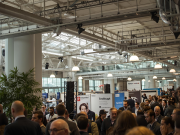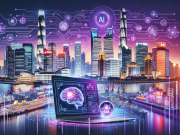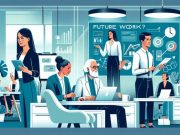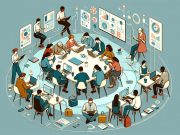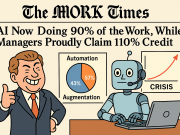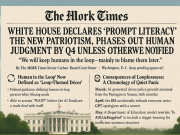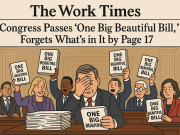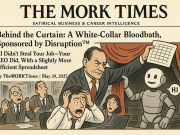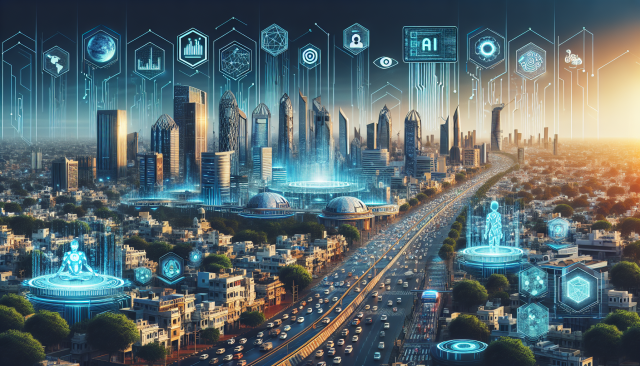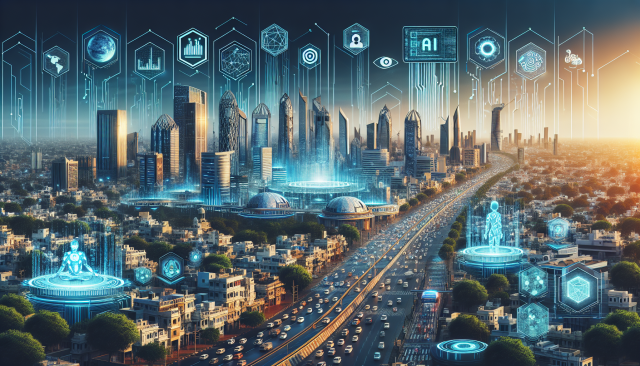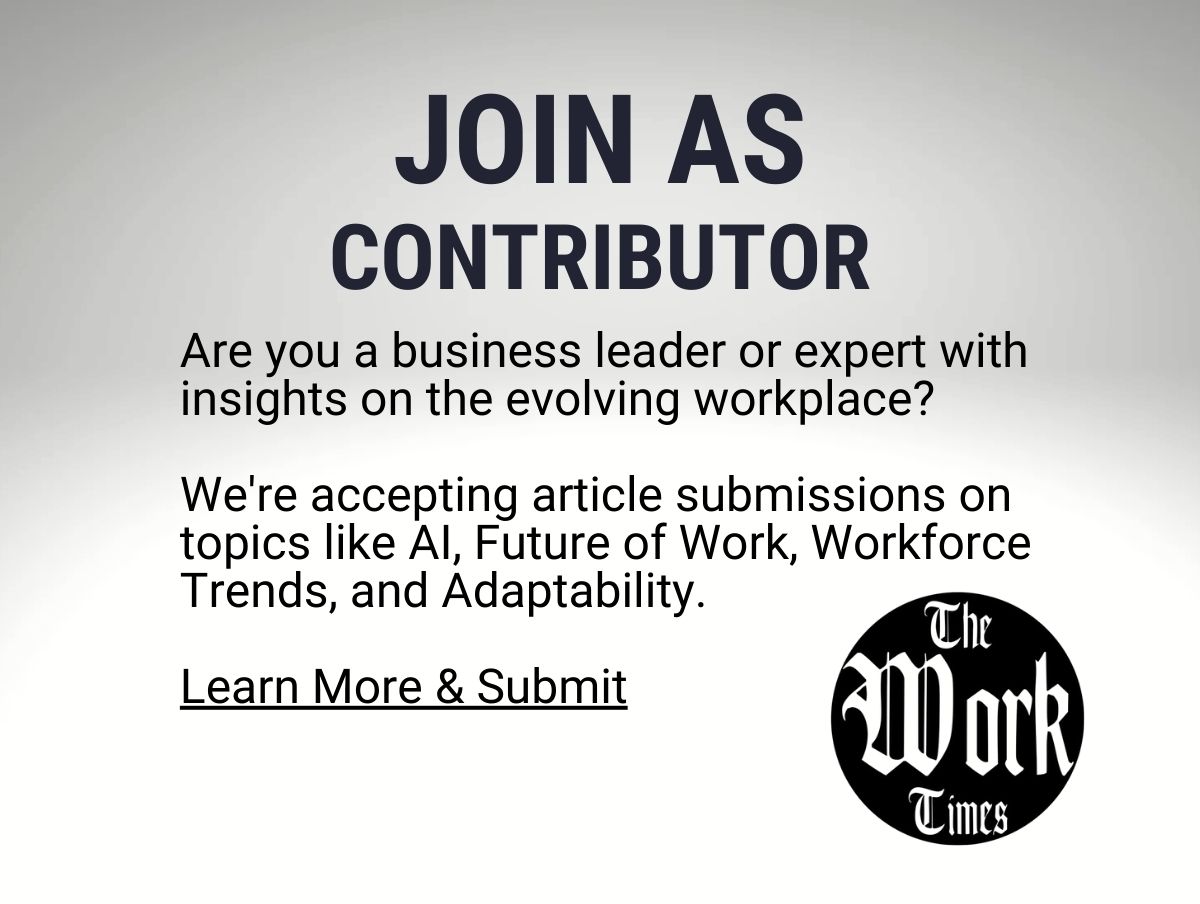Why the InfinityBook 14 Pro Is Becoming the Go‑To Work Laptop for Linux‑Forward Teams
Why the InfinityBook 14 Pro Is Becoming the Go‑To Work Laptop for Linux‑Forward Teams
In an era where work lives split between home desks, trains and rented meeting rooms, the tools we choose to carry shape what we can accomplish. For many developers and knowledge workers, a laptop must be fast, light, quiet, secure and — crucially — predictable under pressure. Tuxedo’s InfinityBook 14 Pro, shipped with Tuxedo Linux (an Ubuntu‑based distribution), is quietly staking a claim as exactly that kind of machine: an unflashy, highly capable work companion that values substance over spectacle.
A practical machine for modern workflows
Portability matters, but not at the expense of comfort. The InfinityBook 14 Pro sits in that sweet spot: large enough to keep your editor, terminals and multitasking windows productive; small and light enough to sling into a backpack without thinking twice. For people who spend eight or more hours a day in code, documentation and video calls, such ergonomic and physical tradeoffs matter every single day.
What seals the deal for many is the marriage of hardware and an Ubuntu‑based Linux that arrives tuned for the platform. Tuxedo Linux brings the familiar Debian/Ubuntu package ecosystem, long‑term support options, and a curated set of drivers and power tools that make the InfinityBook feel like a purpose‑built machine rather than a generic laptop running repurposed firmware.
Under the hood: performance without the drama
Developers today juggle containers, test suites, virtual machines and IDEs. The InfinityBook 14 Pro is designed to handle that kind of load. Configurable processor and memory options let teams prioritize single‑thread development tasks or heavier parallel builds. NVMe storage keeps I/O sensitive workloads snappy and reduces wait time between iterative builds and test runs.
On a practical level, that means fewer interruptions for recompiles and faster feedback loops during development. But performance is only useful when it’s reliable. The combination of a Linux kernel tuned for the supplied hardware, along with vendor‑provided firmware and drivers, reduces oddities that commonly plague Linux installations on third‑party devices — the kind of quirks that cost minutes turning into lost productivity.
Battery life and thermal management: sustainable performance
Long battery life changes the rhythm of a workday. It turns an hour in a café into a productive session, makes flights useful and keeps meetings from cutting into deep work time. The InfinityBook 14 Pro’s power management, when paired with Tuxedo Linux’s tools, allows users to choose profiles that favor silence and longevity or short bursts of peak speed. That tuning is more than a convenience; it’s a force multiplier for distributed teams and knowledge workers whose office is wherever they are that day.
Thermal management is equally important. Quiet cooling and intelligent fan control keep distractions low while preventing thermal throttling during sustained builds. That means consistently predictable performance throughout the workday — a quality developers appreciate far more than flashy benchmark peaks.
Developer ergonomics: keyboard, display, and I/O
Typing for long stretches demands a comfortable, accurate keyboard with well‑spaced keys and a confident travel. The InfinityBook offers a layout designed for real use rather than for marketing photos, and that everyday comfort compounds over months of sprints.
The display is sized and proportioned to support split windows and side‑by‑side editors. Port selection — including USB‑C/Thunderbolt capable ports, USB‑A and at least one display/charging option — makes docking and connecting to external monitors straightforward. For professionals who switch between desk setups, a predictable port layout and solid USB‑C power delivery remove friction from transitions.
Tuxedo Linux: the software side of the promise
Saying “Linux” is one thing; shipping a machine with an OS tuned and supported for that hardware is another. Tuxedo Linux is built on an Ubuntu base, providing the stability and package availability developers depend on while offering a layer of vendor integration that simplifies common pain points: firmware updates, vendor utilities, power profiles and device specific kernel modules.
For teams, that means new hires can be provisioned with a machine that “just works” out of the box with the tools they already use: container runtimes, CI clients, IDEs and VPN tooling. For individuals, it means fewer trips to forums chasing configuration advice and more time shipping features.
Security, privacy, and manageability
Security is table stakes for professional devices. The InfinityBook’s support for disk encryption, TPM/secure boot options and vendor‑driven firmware updates makes it straightforward to comply with organizational policies. Tuxedo’s Ubuntu‑based approach also makes it easy to integrate into standard Linux‑centric management workflows and security tooling.
Privacy features — such as hardware shutters for cameras, minimal preinstalled telemetry, and transparent open‑source components — are increasingly important metrics for people who handle sensitive code or customer data. The ability to inspect, update and control the entire software stack is a pragmatic advantage for security‑conscious work environments.
Where it fits in the ecosystem
The InfinityBook 14 Pro isn’t trying to be a gaming powerhouse or a luxury ultrabook for display enthusiasts. Its strengths are consistency, serviceability and an ecosystem that prioritizes Linux users. Compared to mainstream vendor machines that ship with Windows and then require substantial rework for Linux, a Linux‑first device saves time and reduces the risk of subtle incompatibilities.
That reliability makes the InfinityBook an appealing option for small engineering teams, independent consultants and IT organizations that favor open systems and reproducible environments. It’s also a smart pick for individuals who want a professional experience without the extra layers of software many OEMs add to consumer models.
Real workflows: from local development to cloud ops
Consider a typical developer day: morning code review, a few hours of focused feature development, a lunch standup, containerized builds and a late afternoon pairing session. The InfinityBook supports that with responsive storage, plenty of RAM for parallel containers, and an OS that understands the hardware. When heavy tasks are needed — CI runs or model training — offloading to remote build servers or cloud instances is a natural workflow; a responsive, lightweight local machine makes remote work feel seamless.
For cloud ops and SRE tasks, a predictable terminal, reliable SSH, and consistent networking behavior are non‑negotiable. An Ubuntu‑based environment reduces the friction when connecting to servers and working with the same toolchain that runs in production.
Investing in longevity and sustainability
A laptop that lasts matters to teams and budgets alike. Repairability, availability of spare parts, and a software stack that receives updates for years reduce total cost of ownership. Tuxedo’s approach — focusing on serviceable hardware and an open software stack — aligns with an ethos many organizations are returning to: buy better, keep longer, and maintain control over your tools.
Who should consider it?
- Developers and engineers who run Linux daily and want hardware that doesn’t fight the OS.
- Consultants and remote workers who prioritize battery life, portability and predictable performance.
- Small teams or startups that want a consistent, Linux‑first developer experience without maintaining custom imaging processes.
Final thought: tooling that respects how you work
In the end, a laptop’s value is measured by how it changes your day. The InfinityBook 14 Pro running Tuxedo Linux isn’t flashy, but it is thoughtfully designed for the realities of modern knowledge work: long sessions of focused output, frequent context shifts, and a need for secure, manageable systems. For those who care more about what the machine lets them do than about what it looks like on a bench, it’s a machine worth trying.
Work is changing; our tools should make that change easier. For developers and professionals who live in terminals, IDEs and remote desktops, the InfinityBook 14 Pro with Tuxedo Linux represents a pragmatic, durable choice — a laptop built for the work itself, not for the stage.

